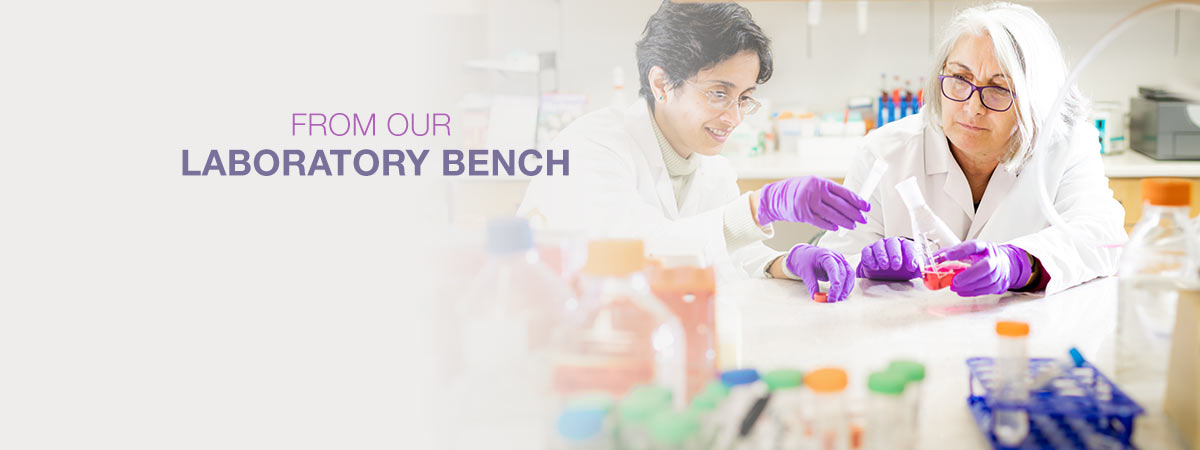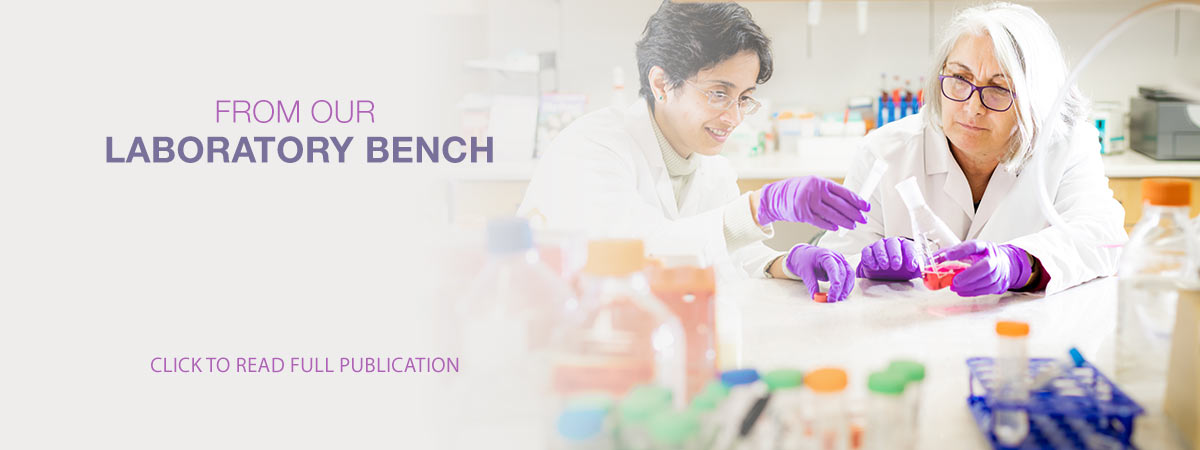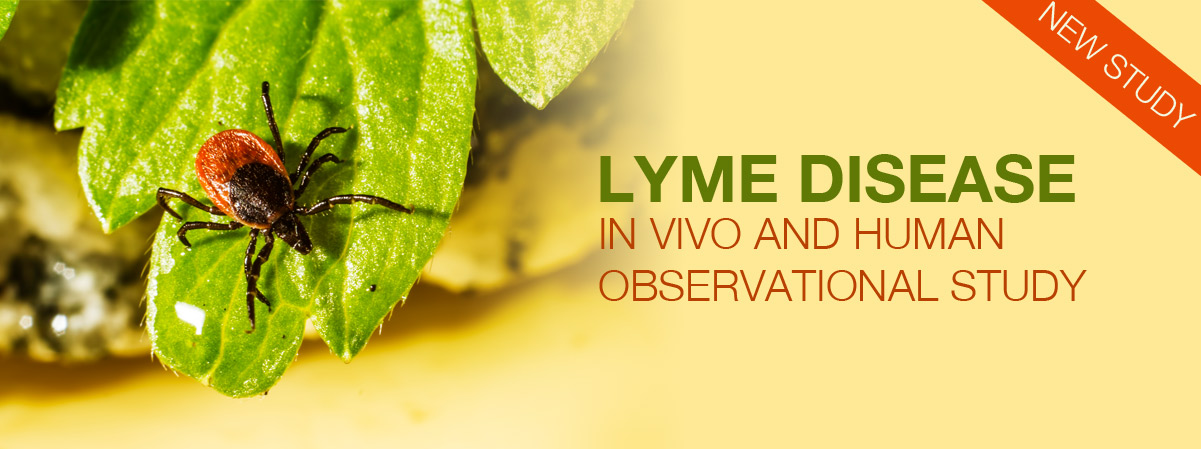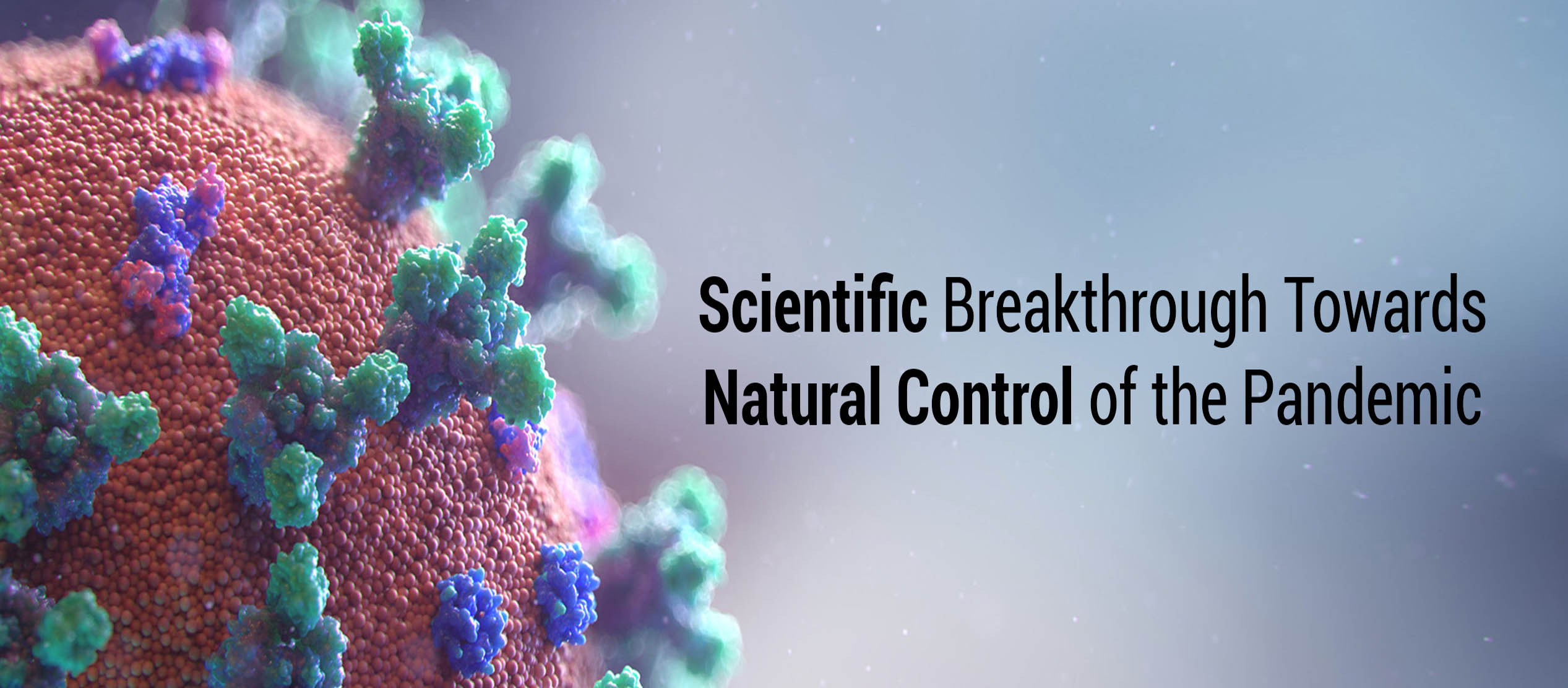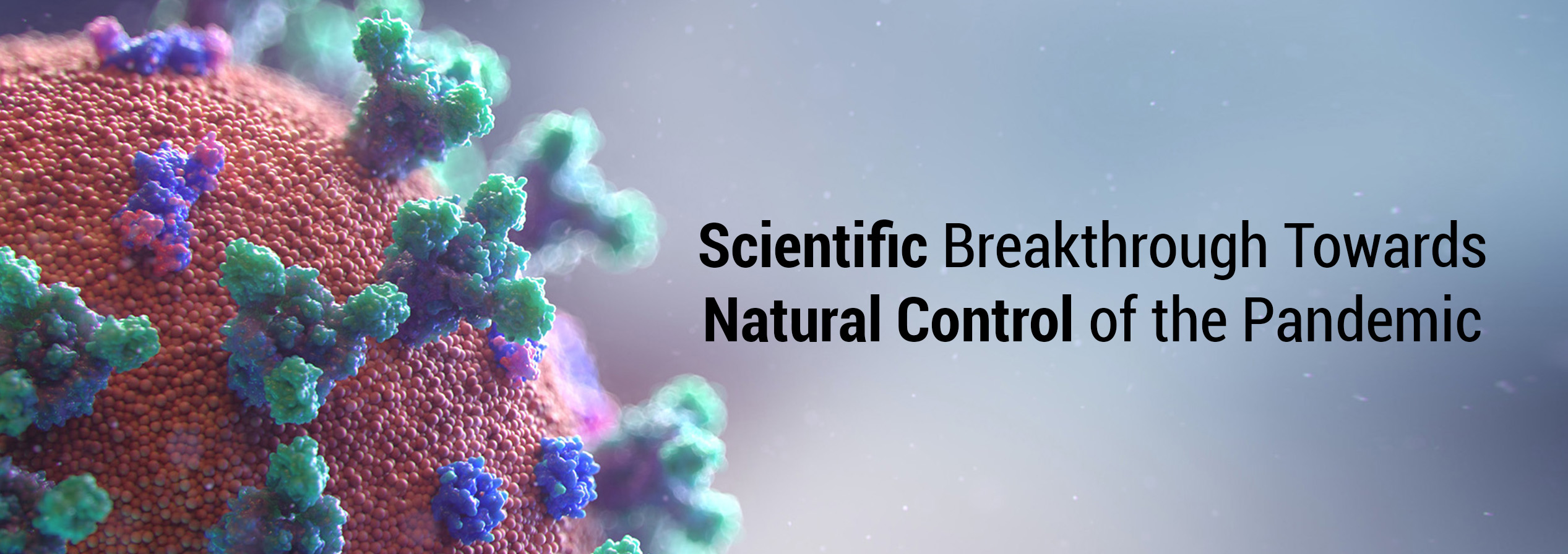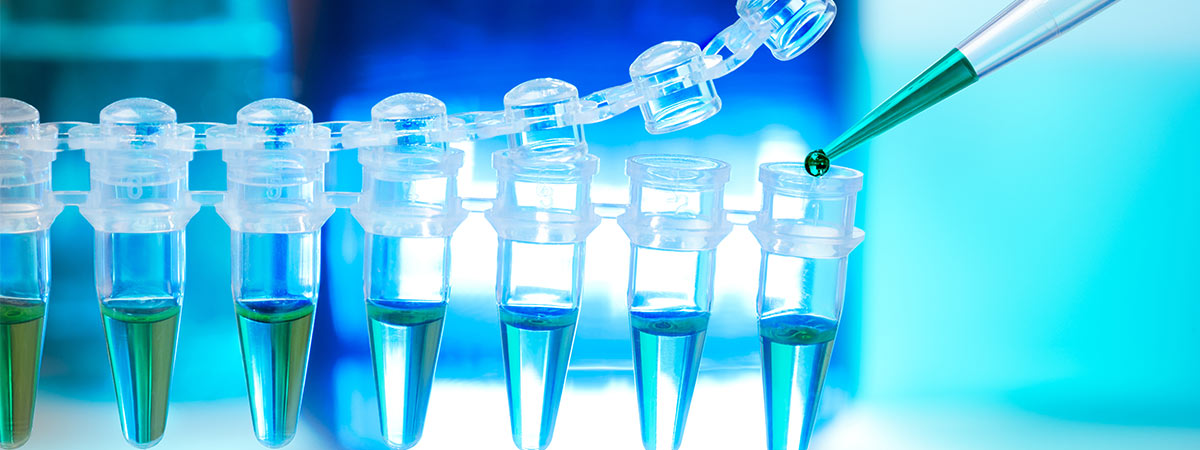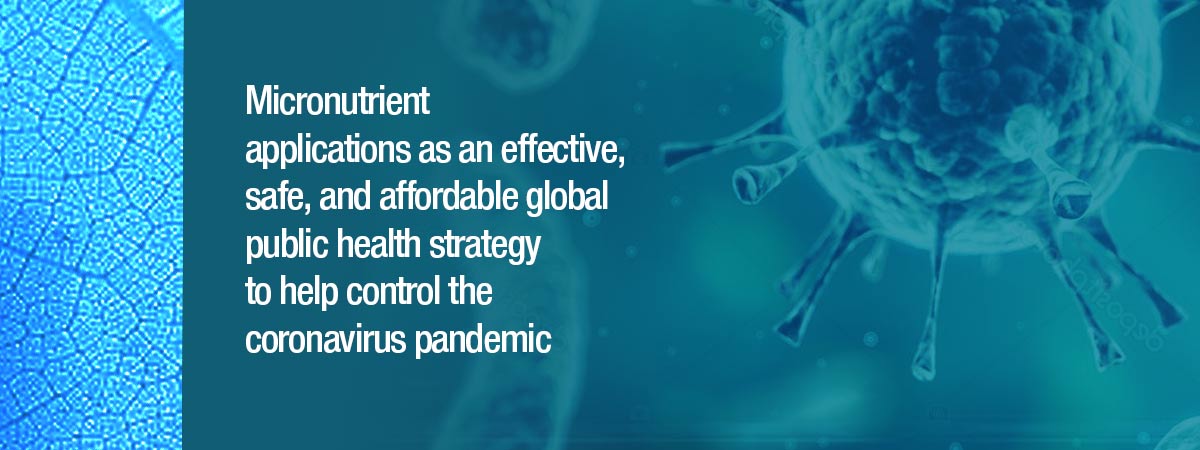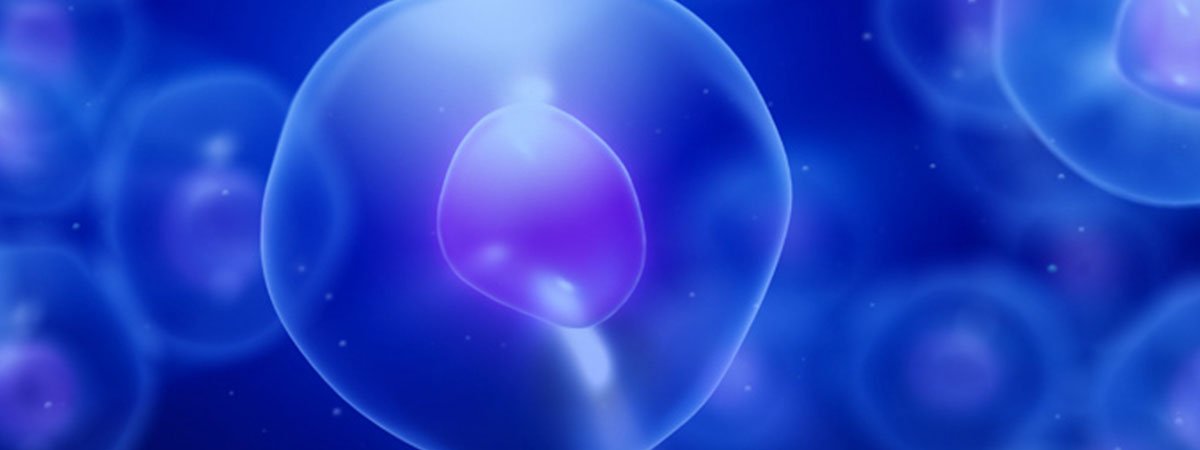Discoveries
Dr. Rath’s scientific discoveries in the area of human health have significant global implications. Two-time Nobel laureate Dr. Linus Pauling once said that Dr. Rath’s discoveries will be ranked among the most important scientific findings in the 20th Century. These discoveries address key areas of health:
Cellular Medicine
Dr. Rath introduced a new biological target in the effective control of cancer by focusing on natural ways to increase the stability of the connective tissue in the body, which forms a natural barrier against the spread of cancer and its invasion to other organs. This concept also provides a rational explanation to why some body organs are more susceptible to cancer than others.
Heart Disease
Dr. Rath’s discovery that coronary heart disease is an early form of scurvy revolutionizes the current perception of the origin of heart disease and defines its new therapeutic targets, shifting them from high cholesterol as being a primary blood risk factor for this disease to the instability of the vascular wall as the real cause of atherosclerosis.
Cancer
Dr. Rath introduced a new biological target in the effective control of cancer, by focusing on natural ways to increase the stability of the connective tissue in the body, which forms a natural barrier against the spread of cancer and its invasion to other organs. This concept also provides a rational explanation why some body organs are more susceptible to cancer than others.
